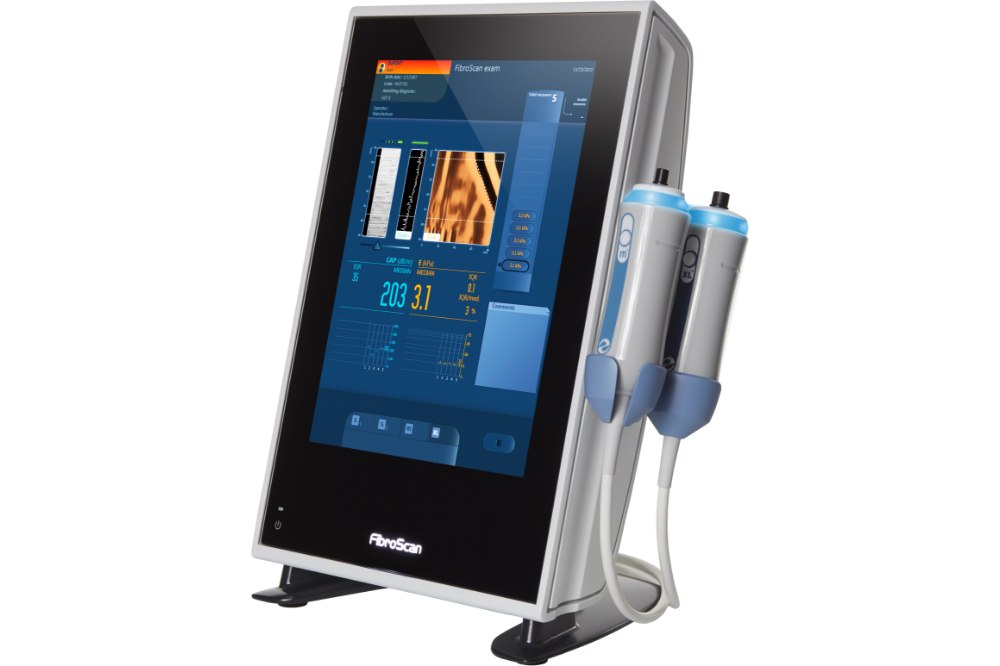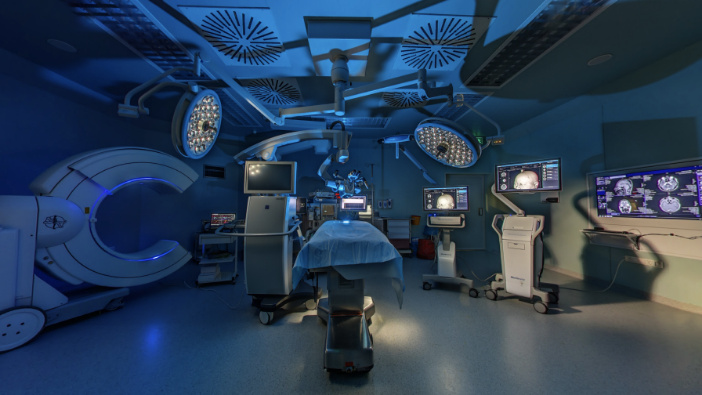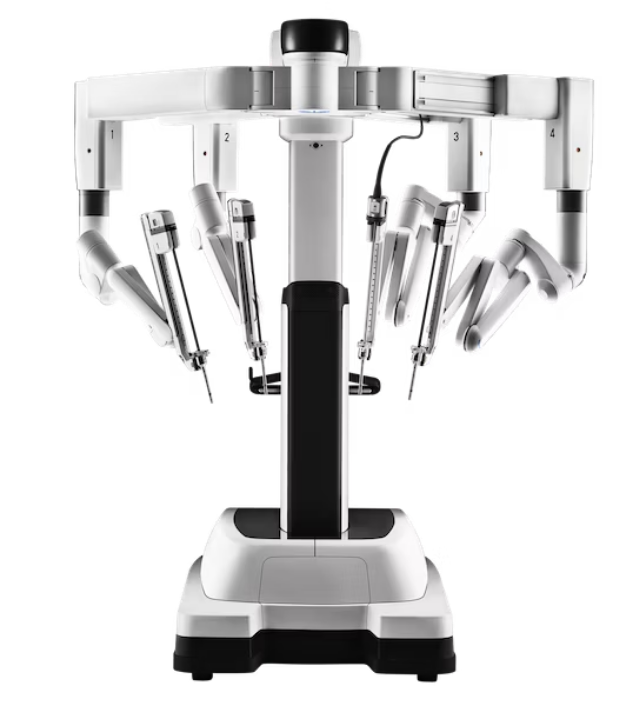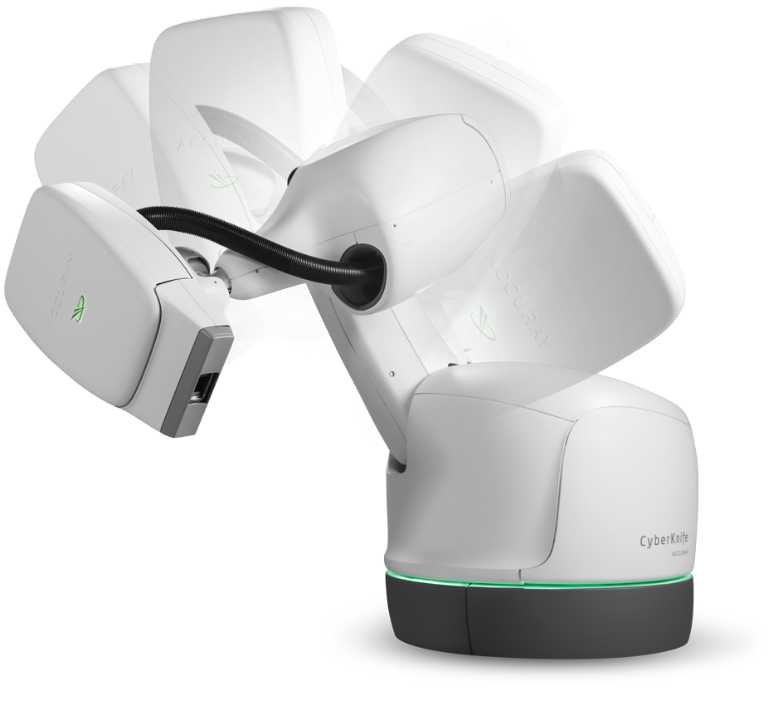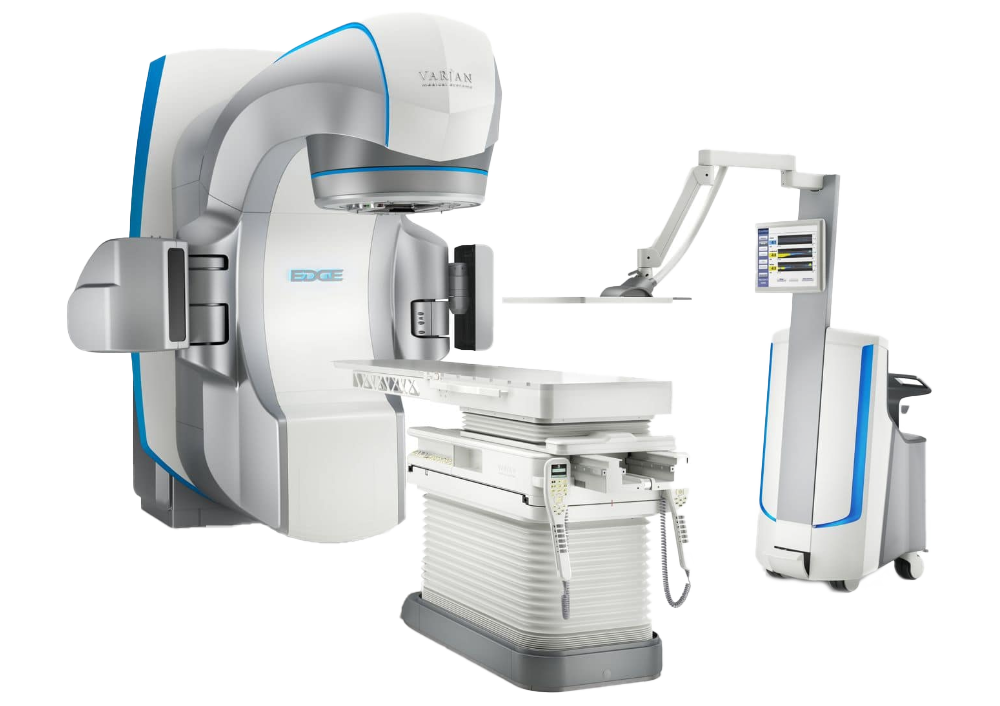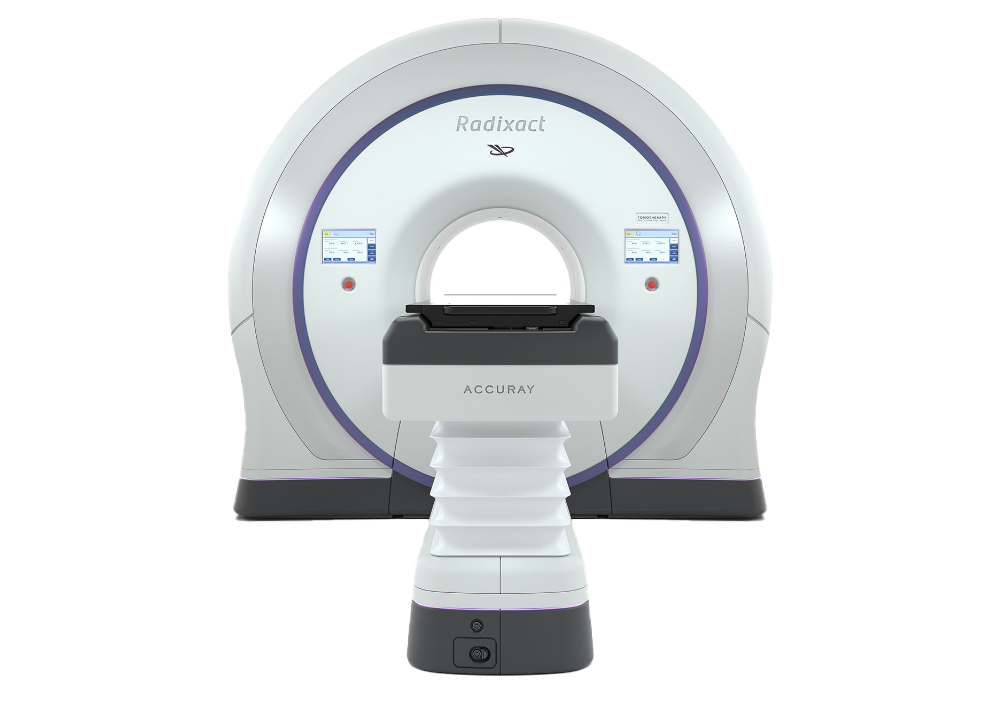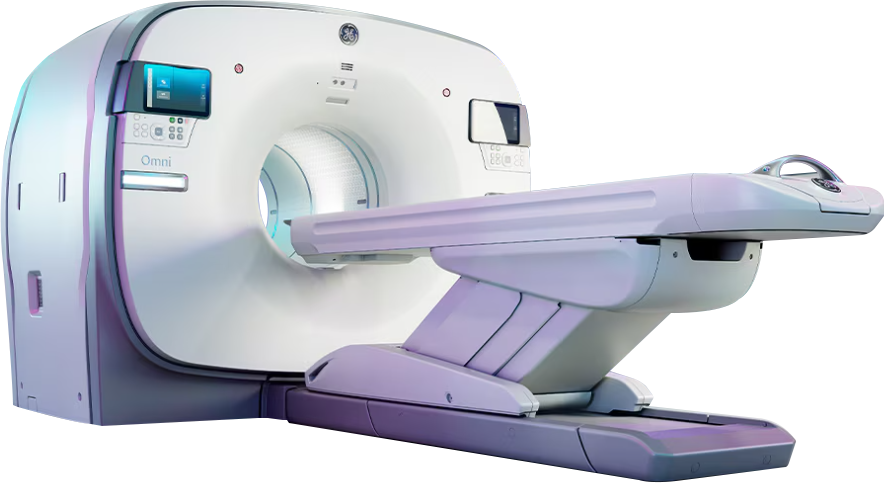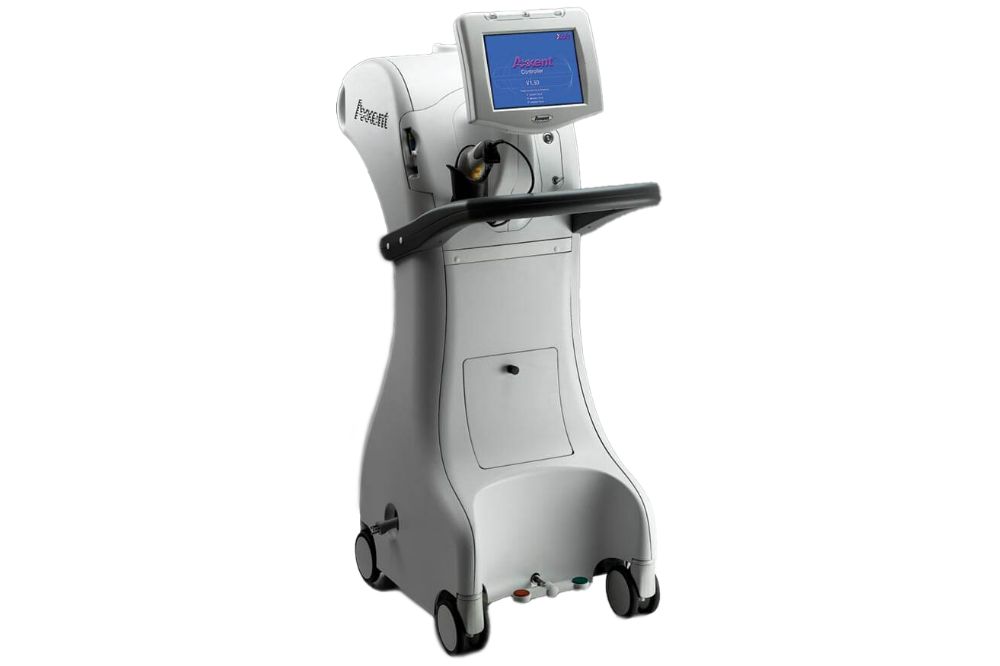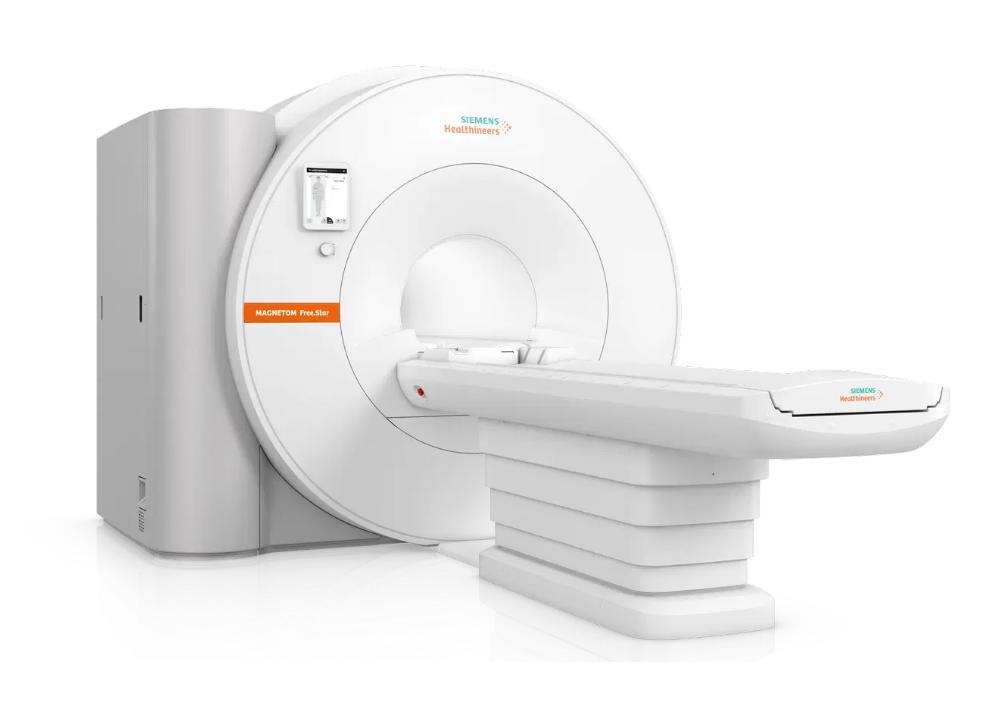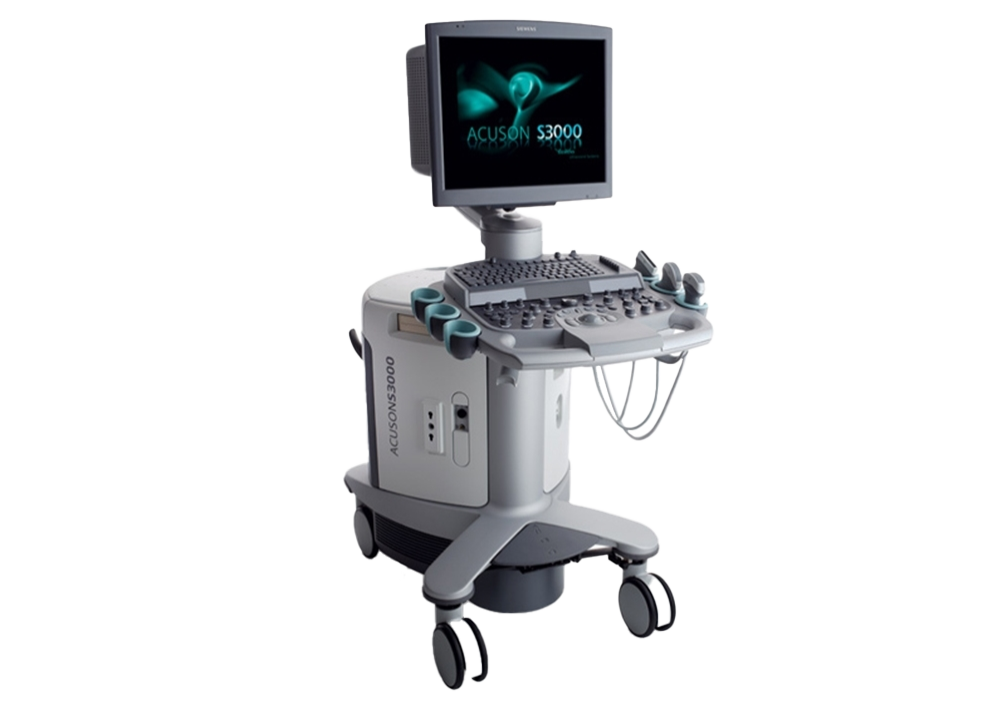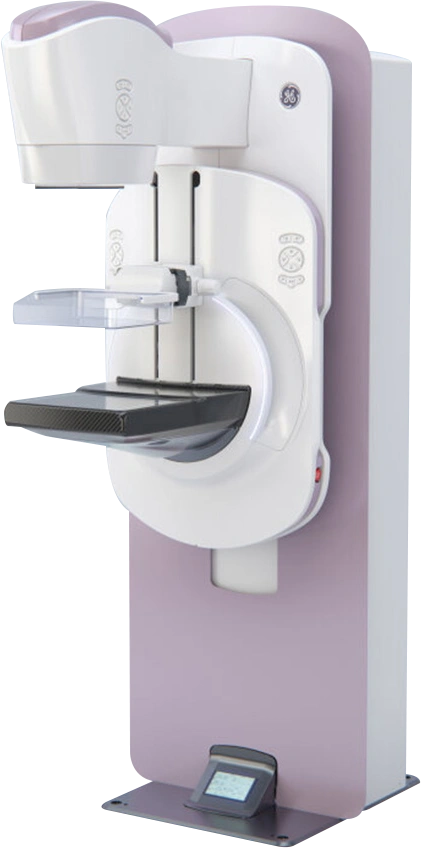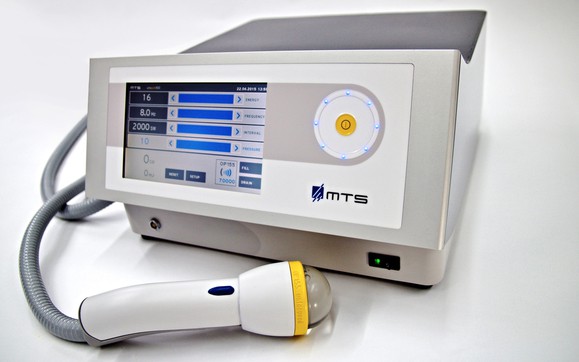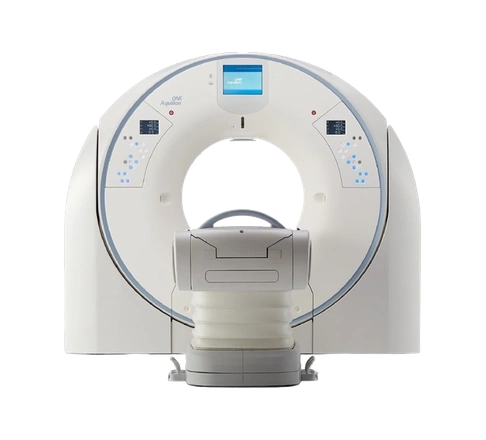MR Linac
MR Linac - Precision Radiation Technology
Significant advancements are being made in cancer treatments today. One of the most important areas of progress is Radiation Oncology. Among the intelligent technologies that directly target tumors with minimal damage to surrounding tissues, and thus greatly preserve patients' quality of life, is the MR Linac device.

What kind of technology is MR Linac?
MR Linac technology is a device that combines high magnetic resonance imaging (MRI) with a linear accelerator (radiation beams) into one device for the first time in the world. The integration of these two powerful technologies into a single device allows radiation oncologists to track and monitor the location and movement of the tumor during treatment.
What are the features of MR Linac?
MR Linac provides high-quality, real-time images while directing radiation beams from the linear accelerator to the tumor targets. By using the high-resolution images from the MRI scanner, it determines the precise location of tumors and healthy organs. This allows for a reduction in the volumes of tumors treated, which in turn reduces the negative effects of radiation. MR Linac is a specialized device that enables unprecedented precision in monitoring the response of moving tumors and surrounding healthy organs to radiation through real-time MR imaging, and adjusting the treatment based on the tumor's current size and shape during each session.
For which diseases is MR Linac particularly used?
MR Linac is used as a radiotherapy device to treat tumors in various parts of the body. Some of these cancers include:
- Pancreatic cancer
- Lung cancer
- Liver cancer
- Prostate cancer
- Rectal cancers
- Kidney tumors
- Head and neck cancers
- Breast cancers
- Brain tumors
MR Linac provides extraordinary precision in treating small tumors. It also plays a significant role in treating areas where cancer has spread to different parts of the body and in re-treating areas that have previously undergone radiotherapy.
What are the key features that distinguish MR Linac from other technologies?
Traditional radiotherapy treatments require the use of computed tomography (CT) images during different treatment sessions or invasive surgical procedures to place reference markers. In contrast, MR Linac treatments provide real-time MRI images without additional radiation exposure, which reduces the risks associated with radiation. MR Linac offers superior image quality, allowing clearer visualization of tumors. Daily MR images allow us to see the tumor and surrounding healthy organs. Real-time images taken during treatment help identify daily anatomical changes in the patient, and if necessary, the treatment can be adjusted using a method called adaptive radiotherapy. Adaptive treatment allows for easy optimization of the treatment by accounting for anatomical changes during the treatment process. This ensures that the tumor is better targeted, the dose of radiation to healthy tissues is minimized, and healthy organs are protected from unnecessary radiation. MR Linac enhances the patient's quality of life during cancer treatment by reducing toxicity (radiation damage) to healthy organs.
Can MR Linac technology replace surgery in cancer treatment?
MR Linac and surgical procedures are different treatment approaches and one cannot replace the other. While surgical procedures may be necessary in some cases, devices like MR Linac increase the options for radiotherapy in cancer treatment. The choice of treatment is determined by the doctor based on the patient's medical condition and the type of cancer.
Can it be used alone in some cases of cancer treatment, or is it used in combination with other treatments like chemotherapy and surgery?
The decision on whether MR Linac treatments are used alone or in combination with other treatments is made by doctors on a case-by-case basis.
How long does the treatment take?
The treatment does not disrupt daily life, so normal routines can be resumed. Treatment times vary depending on the area being treated. Treatments generally last 30-40 minutes. However, if preparation for the treatment area is required or if the tumor is located in a region with significant movement, the treatment time may be extended.



